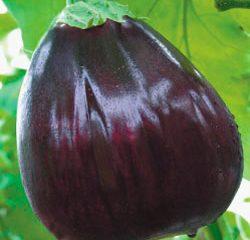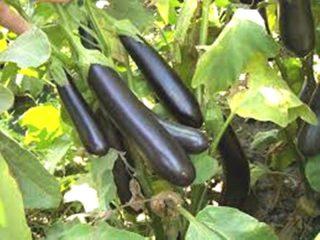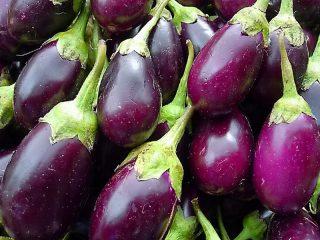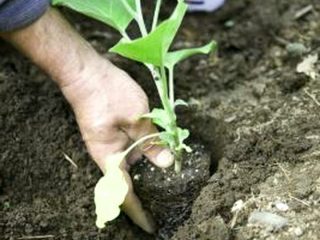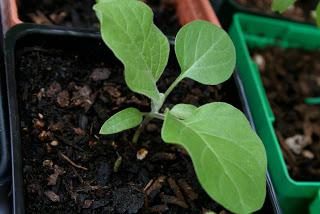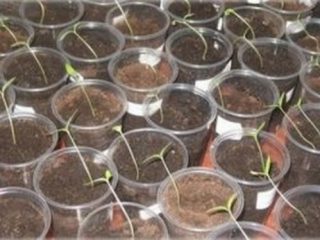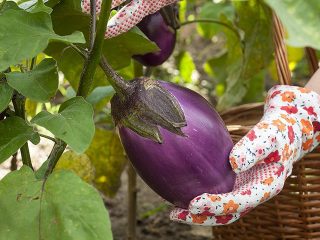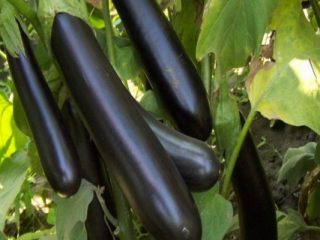Content
Any plants planted nearby influence each other to a greater or lesser extent. It can be both positive and negative, so the choice of “companions” is very important when planning a planting scheme. The development of plants, and ultimately the volume and quality of the harvest, depends on how well the neighbors of eggplants are selected in the open ground or in a greenhouse.
Features of choosing neighbors for eggplants
Eggplant is a rather “capricious” plant. This also applies to the choice of neighbors in the garden. The culture is light- and moisture-loving and does not tolerate cold drafts and sharp gusts of wind.
Most varieties and hybrids have low-growing bushes. Accordingly, neighbors in the garden bed or greenhouse should not “take away” sunlight from them.

When choosing neighbors, it is necessary to exclude in advance “conflicts” and “competition” for water and nutrients
What can you plant next to eggplants?
Some eggplant neighbors simply do not interfere with their growth and development. But there are also those that will have a positive effect - then you can already count on an increase in the volume of the harvest and the quality of the fruit.
bell pepper
Sweet pepper is the only crop from the same Solanaceae family with which eggplant “gets along” well both in open ground and in a greenhouse. Both crops are moisture-, light- and heat-loving, demanding on the nitrogen content in the soil.
An important nuance that needs to be taken into account in the proximity of eggplants and bell peppers is that both crops need sufficient area for nutrition. They are not suitable for “compacted” plantings; the minimum interval between bushes in a garden bed is 60 cm. It is also impossible to plant eggplants next to bell peppers in a greenhouse or in open ground because the fruits of the latter “absorb” the characteristic taste of the former and acquire an inky tint.
The same diseases and pests are typical for eggplants and peppers. To avoid losing most or all of your harvest, plants need to be inspected regularly and carefully. Otherwise, some neighbors quickly infect others.
It is impossible to plant eggplants and hot peppers next to each other, especially in a greenhouse. Cross-pollination is almost inevitable, and the fruits acquire an undesirable pungency.

Eggplants and bell peppers go well together, being an exception to the rule
cucumbers
The proximity to cucumbers is not very favorable for eggplants, however, in open ground, joint planting is still acceptable.If you place the bushes on the south side and tie the cucumber vines to a support or trellis, they will turn into a “scene” that protects the bushes from the cold wind.
Eggplants and cucumbers are not planted in the same greenhouse. The first ones definitely require fresh air, which means regular ventilation. The latter react very negatively to any drafts; in addition, they need high air humidity. Such neighbors have very different requirements for watering and fertilizing.
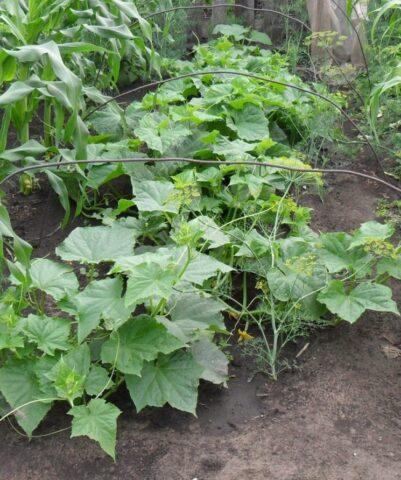
After watering, cucumber leaves actively release moisture, which is unacceptable for their neighbors.
Corn
Corn is a pretty good neighbor. It is planted at a certain distance from the garden bed so that tall plants do not shade short ones, but create a barrier to cold drafts.
However, such a neighbor is not always useful for corn. It can negatively affect its pollination process. In addition, eggplants attract pests to corn plantings.
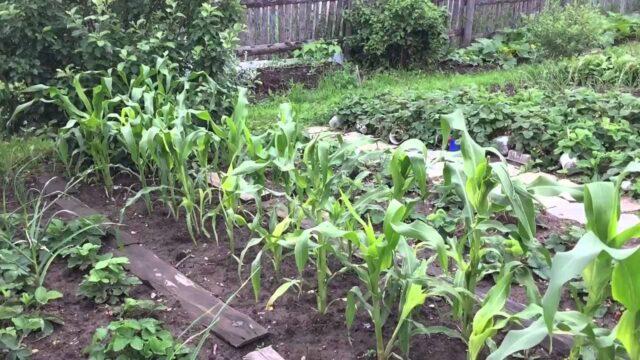
The corn curtain should cover the eggplant bushes from the north
Peas
Low varieties of peas and beans are very suitable for the same low-growing eggplants as neighbors. They do not “compete” either for light or for water and nutrients, since the root systems are located at different levels of the soil. In addition, the roots of peas and beans saturate the soil with nitrogen, and their neighbor is very picky about the content of this macroelement in the soil.
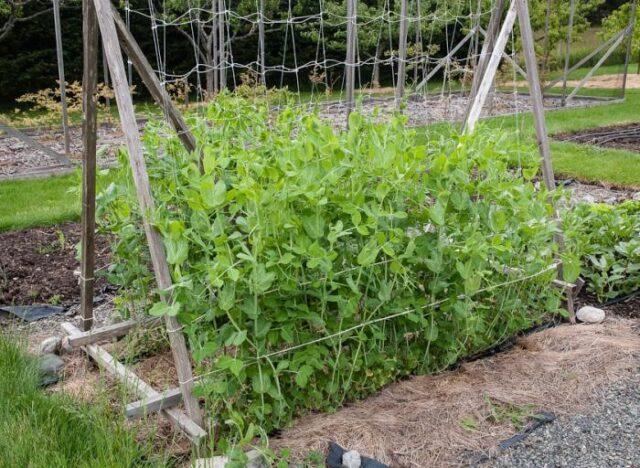
Any neighbors from the Legume family significantly improve soil quality
Beet
Beets are rather a “neutral” neighbor. Both cultures do not interfere with each other and do not “compete”, but they also do not contribute to development.
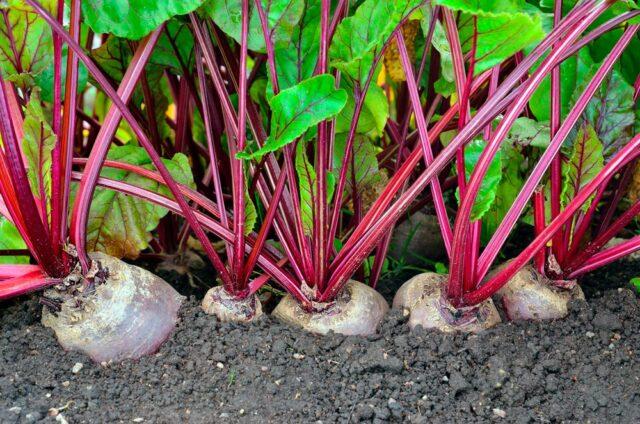
It is most convenient to plant eggplant bushes in the center of the garden bed, “surrounding” them with beet roots around the perimeter
Cabbage
Eggplants “get along well” in the same bed or in a greenhouse with early and mid-early varieties and hybrids of white cabbage, Chinese cabbage and cauliflower. Their growing season is much shorter than their neighbors, so when the heads of cabbage are removed from the garden, the eggplants develop and ripen without problems.
Both crops are moisture- and light-loving. The only thing that needs to be taken into account when planting together is the size of the cabbage leaf rosettes. If they are spreading, you won’t be able to save space in the garden bed. Accordingly, the feasibility of the neighborhood is questionable.
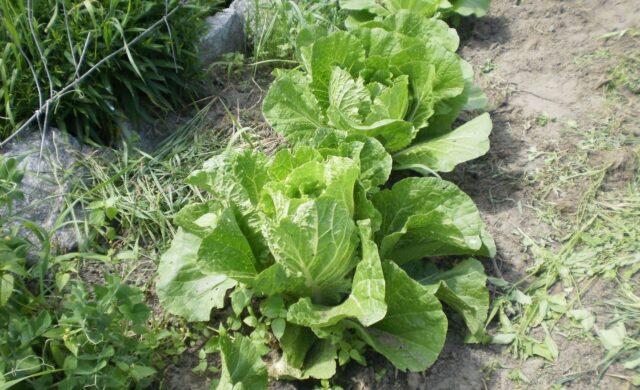
Crops have no common diseases or pests
Zucchini
Only bush varieties and hybrids of zucchini are suitable as neighbors. Long lashes of other varieties will simply “strangle” the eggplant bushes, and large leaves will create thick shadow. But even with the right choice of zucchini, there is no talk of saving space: the minimum interval between bushes is 70-80 cm, otherwise the lighting will suffer.
Both crops prefer high temperatures with relatively low air humidity. They have the same requirements for fertilizing and watering, and there are no common diseases or pests.
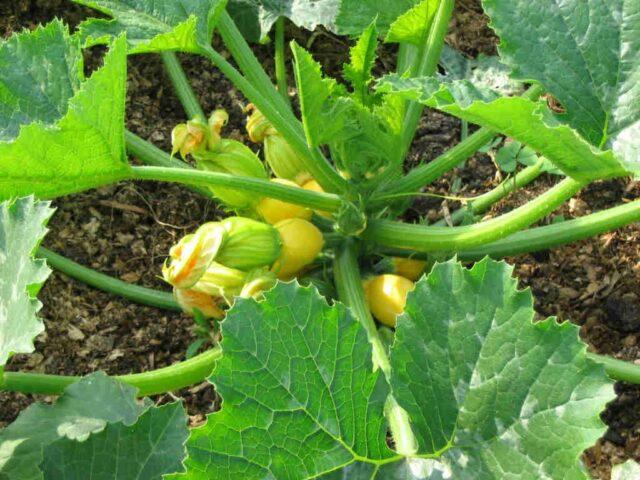
The root system of zucchini is superficial; these neighbors will not take away water and nutrients from eggplants
Bush beans
Like any legume, bush beans saturate the soil with nitrogen, so such a neighbor is extremely useful. Both cultures love warmth and do not tolerate high air humidity. The plants are not tall, quite compact - they will not create shade for each other's neighbors, the plantings can be compacted.
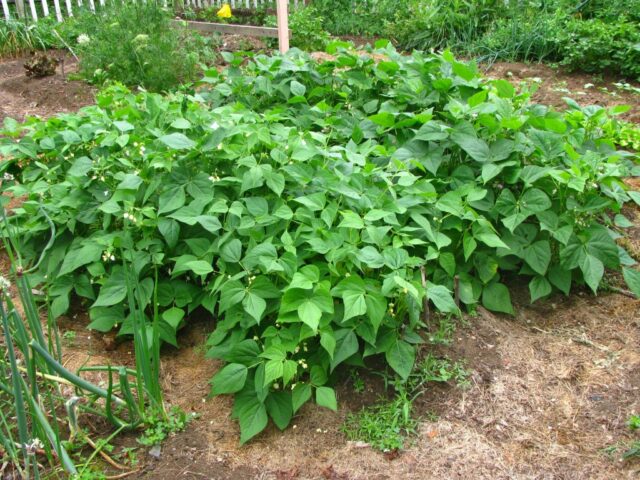
Early ripening beans are removed from the garden much earlier than eggplants.
Salad
Most leafy ones are good neighbors for eggplants in open ground and in greenhouses under the only condition - if you do not thicken the plantings. This greenery is a good solution if there is little space left in the garden.
In addition, you can choose varieties and hybrids of lettuce that grow quickly and are not afraid of cold weather. Then, when planting in April-May, the harvest is harvested no later than the end of June, leaving the entire bed of eggplants at your disposal.
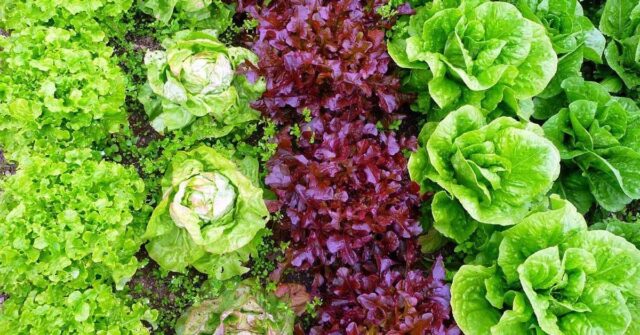
Warmth, which is important for eggplants, regular watering and sufficient nitrogen content in the soil only contribute to the growth of lettuce.
Bulb onions
In this combination, the onion (or garlic) will be the neighbor, and the eggplant will be the main crop in the garden or in the greenhouse. The first one is planted in the spaces between the bushes or along the perimeter of the bed. The root system of the bulbs is superficial; the development of eggplants in the presence of such a neighbor does not suffer in any way. In addition, onions are hardy and can adapt to a wide range of growing conditions.
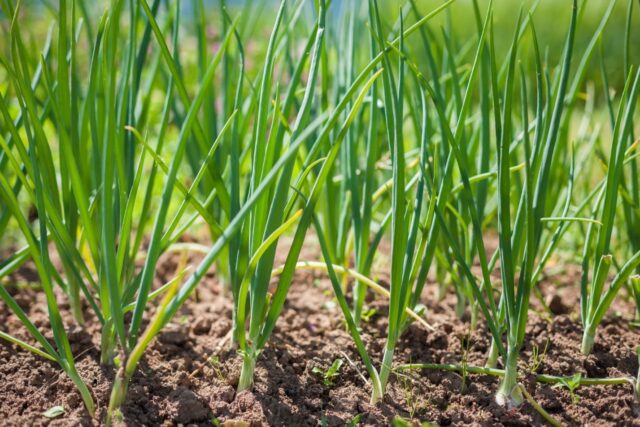
Any type of onion produces phytoncides, so the choice of neighbors for eggplant is quite wide.
Peppermint
When it comes to growth and development, peppermint is a “neutral” neighbor. However, it brings significant benefits, driving away pests from the beds. Its pronounced aroma is unpleasant to many insects. It completely “clogs” the natural smell of eggplant tops, which the Colorado potato beetle focuses on.
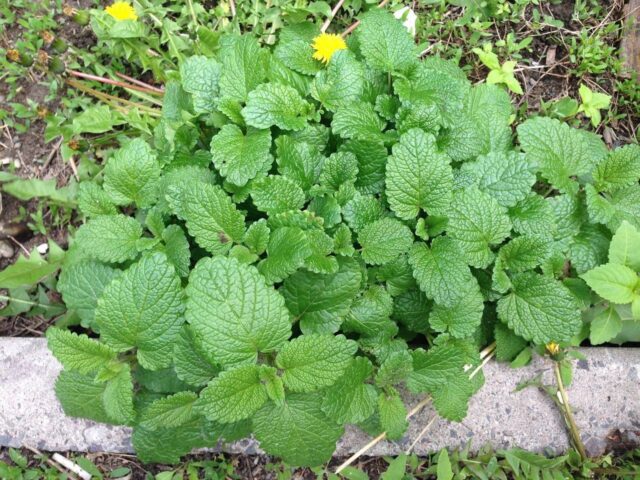
Mint in a bed with eggplants is a kind of “disguise” for a neighbor
Thyme
Any spicy herb, including thyme, is one of the best neighbors for eggplants. It effectively drives away many pests from the beds, while at the same time attracting pollinating insects. Thyme grows quite slowly and does not take away light, food and water from its neighbor. In addition, this is originally a southern crop, so the optimal growing conditions for eggplant are also suitable for thyme.
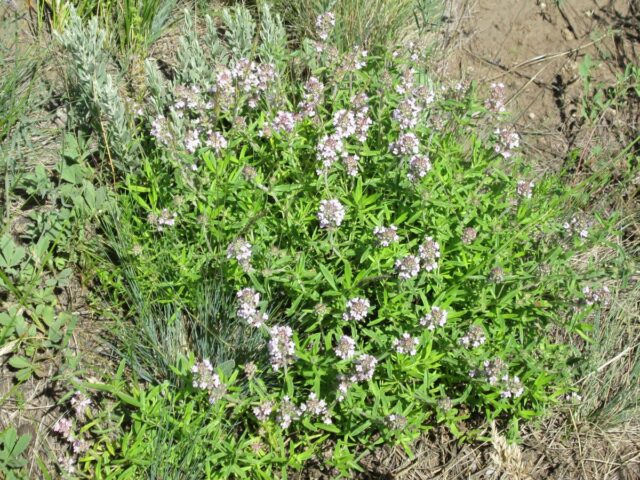
The experience of gardeners shows that thyme in eggplant beds improves the taste of the fruit.
Basil
Another spicy aromatic crop. In terms of “interaction” with eggplants, it is no different from thyme. However, it has an additional benefit - basil secretes phytoncides that destroy pathogenic microflora and repel spider mites.
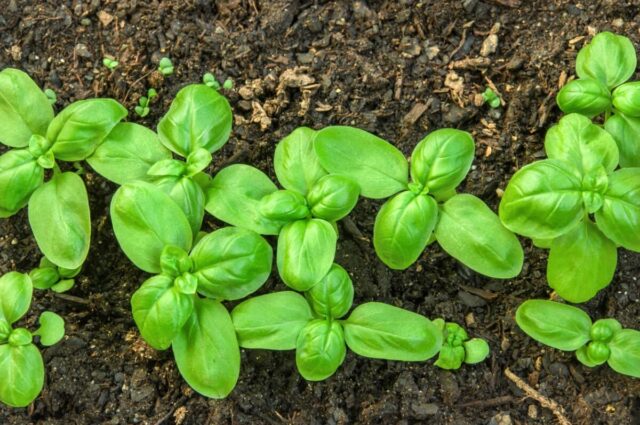
Eggplants and basil can be neighbors both in open ground and in a greenhouse
What is better not to plant next to eggplants?
In addition to useful ones, there are also unwanted neighbors. These are crops that, for various reasons, inhibit the growth and development of eggplants, or increase the risk of their infection with diseases and pest attacks.
Fennel
Fennel is an extremely unpleasant neighbor for any garden crop. It has a very powerful root system and a large above-ground part. In addition, it releases substances into the soil and air that “inhibit” the growth and development of eggplant.
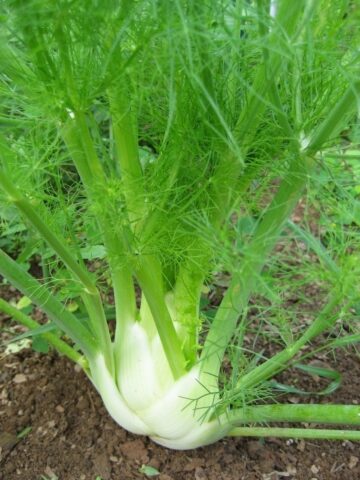
Fennel in a bed of eggplants will definitely outcompete its neighbor for water, nutrients and light
Potato
Potatoes and eggplants belong to the Solanaceae family. In such a neighborhood, the risk of crop loss due to common diseases and pests increases sharply. Their requirements for cultivation conditions also differ markedly.
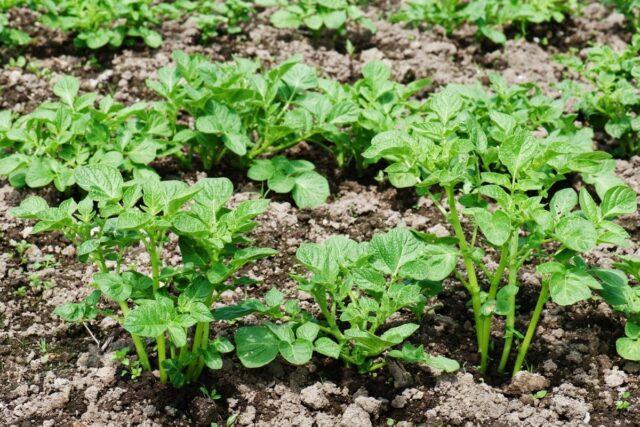
The Colorado potato beetle, which has a special love for potatoes, easily “moves” to eggplants growing nearby
Tomatoes
It is strongly not recommended to plant tomatoes and eggplants next to each other. And not only because these two crops are from the same family and easily “transmit” diseases and pests to each other. They have completely different care needs. For example, eggplants need frequent and abundant watering, and tomatoes absolutely cannot tolerate “swamps” in the garden.
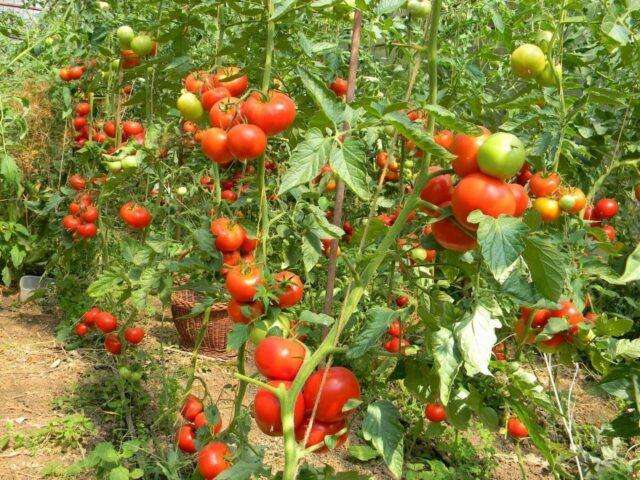
With increased soil moisture, favorable for eggplants, late blight and root rot quickly develop in their tomato neighbors.
Pumpkin
Pumpkin is a very large plant; there are few bush varieties and hybrids.In the garden, it will simply “strangle” low and compact bushes with long lashes, depriving them of the necessary space for development, warmth and light.
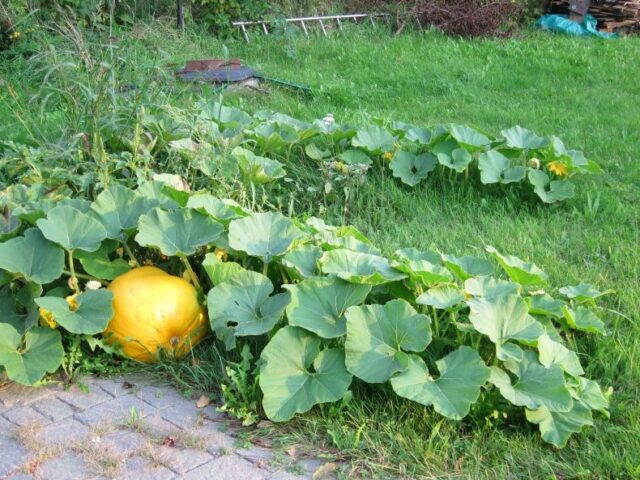
The only benefit to eggplants from pumpkin is that its prickly lashes and large, rough leaves turn into an insurmountable barrier to pests.
Rules for choosing neighbors in open ground
Eggplants and their neighbors in the garden must have similar care requirements and the same criteria that must be followed when choosing a place for planting:
- good lighting;
- a substrate that combines fertility with looseness (air circulates freely in the soil, water does not stagnate);
- neutral or close to this pH;
- relatively frequent fertilizing (twice a month) and watering (as the surface layer of soil dries);
- moderate air humidity.
When choosing neighbors, you need to take into account the size of adult plants: they require sufficient area for nutrition. A suitable planting scheme is also determined in advance so that the plants do not shade each other.
An equally important criterion by which eggplants are selected for suitable neighbors for planting in open ground is the growing season. If one culture is significantly “ahead” of another in terms of growth and development rates, this is not a suitable option. Most likely, such neighbors will provide unwanted shading and will deprive them of moisture and nutrients.
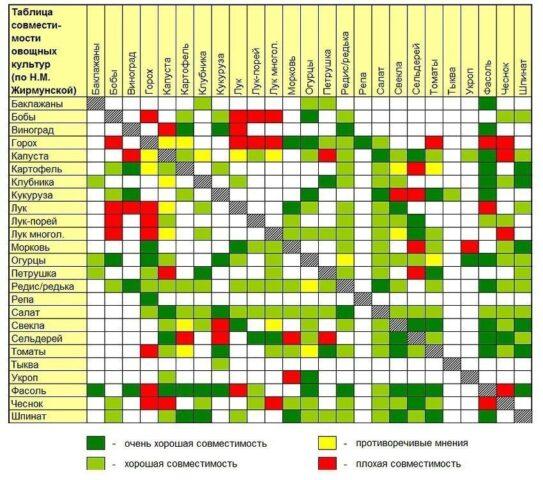
Any garden crop has suitable and undesirable neighbors.
Rules for choosing neighbors in a greenhouse
The possible proximity of eggplants to other vegetables and other crops in the greenhouse is assessed even more meticulously. A confined space creates a specific microclimate that may not be suitable for one of the crops.
Future neighbors in the greenhouse must not only match all the criteria that need to be taken into account when selecting “companions” for eggplants in the open ground. The desired humidity and air temperature are also taken into account. In this regard, eggplants are very demanding; large deviations and differences negatively affect growth and development.
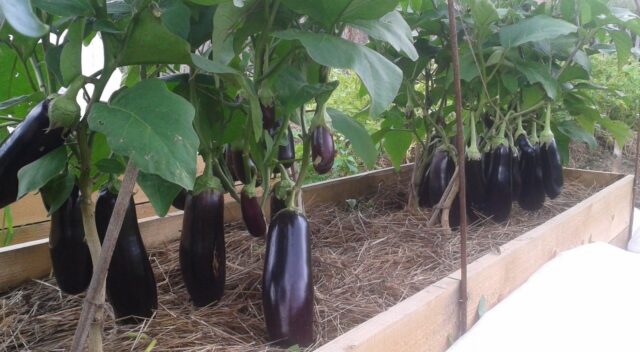
To monitor humidity and air temperature, it is recommended to keep the necessary devices in the greenhouse
Conclusion
Suitable neighbors for eggplants in open ground and in greenhouses are garden crops that, at a minimum, do not interfere with their growth and development. The right “companions” can also have a significant positive impact, attracting pollinating insects, protecting against diseases and pests, and improving the quality of the substrate.
